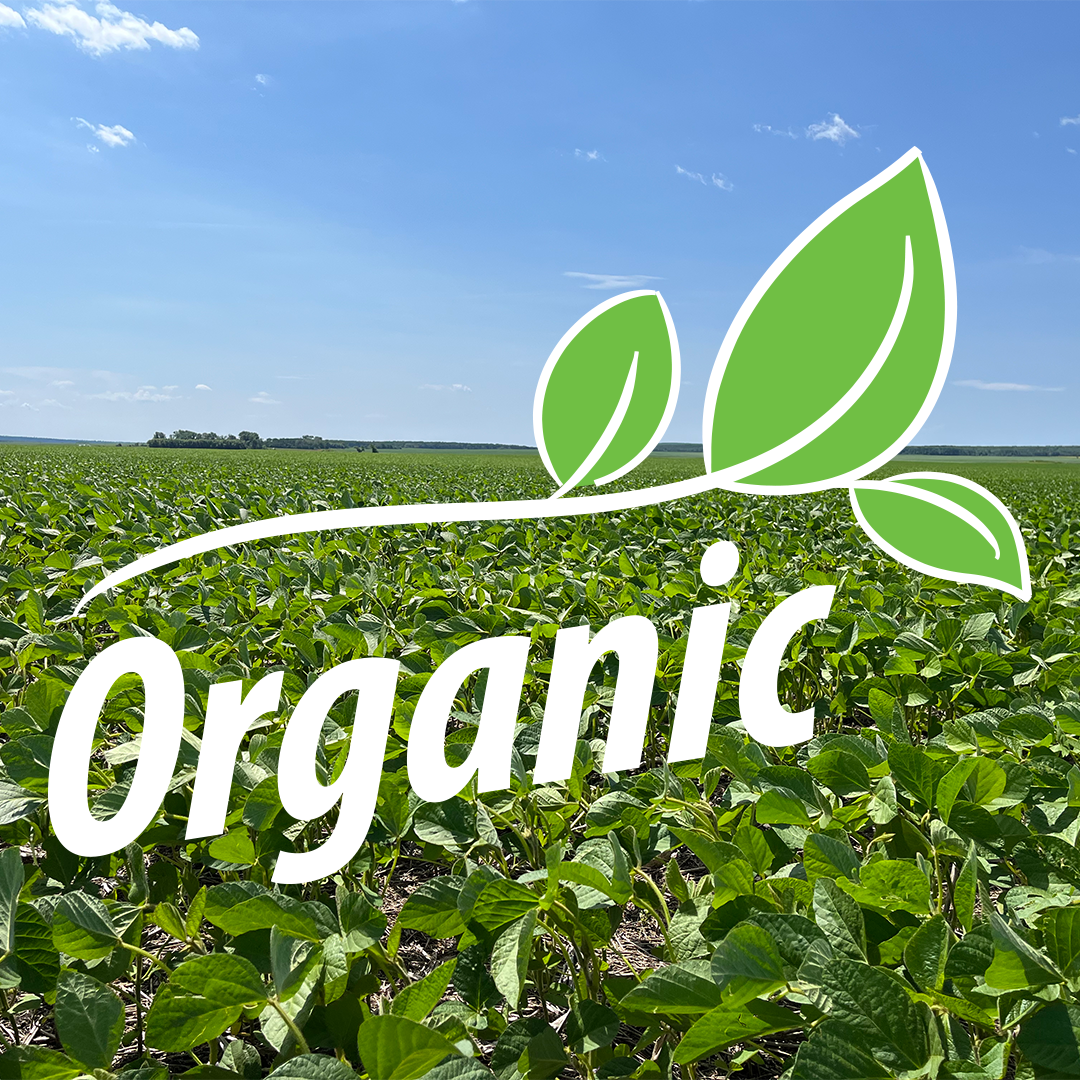The world organic market continues to expand with over 72.3 million hectares worldwide in 2021 accounting for 1.5% of total agricultural land (1). In this week’s edition of Growing Possibilities, we ask the question: Are inoculants and ag-biologicals the next big thing in organics?
Worldwide there are 187 countries with organic activities (1). Many of those countries are operating under different regulatory frameworks but all are contributing towards the goal of producing food that is recognized by the consumer to help with large scale issues like tackling climate change and halting biodiversity loss.
Most consumers are willing to pay more for food that they perceive as being better (2). Moreover organic consumption jumped during the pandemic but then has been observed to have fallen again in 2022 because of inflation and higher food prices (3). Current price spikes and inflation aside, organic acres continue to grow worldwide and we have now seen that in times of crisis consumers will seek out the organic option. Which means that organic farmers need to continue to find ways to produce organic food in a competitive and cost-effective manner.
However, farmers have been left with a patchwork of ideas on how to best accomplish this practice. Governments have implemented standards like Canadian Certified Organic or USDA Organic to give consumers reassurance that what they are buying is regulated. But reading these standards does not so much tell farmers what they should use to grow organic as it provides a list of banned substances. This list of banned substances mostly reduces and eliminates synthetic pesticides and fertilizers from the production cycle.
The conventional agricultural world has seen an explosion of so-called biological products in the last decade. These products can help to reduce chemical fertilizer inputs by using microbes to supply the plant with a portion of its required macronutrients. But are these products being used by organic farmers? At XiteBio all our products have been certified organic in Canada. We have many organic growers that are using our inoculant and ag-biological products, but we still feel it is an unsaturated market. Biologicals created to compete in conventional agriculture are well positioned to increase ROI in the organic market. Certified organic inoculants and ag-biologicals increase ROI for conventional farmers and can do the same for organic farmers (4, 5).
We wrote a blog a few months ago showing that high yielding organic farmers are catching up to conventional yields in crops like wheat and soybeans (6). Organic farmers get paid a premium for organic wheat and soybeans because of the costs associated with organic farming. But when organic farmers buy inoculants and ag-biologicals that are priced for conventional growers but also certified organic they do not pay a premium for their microbial inputs.
An organic soybean grower using a combination of an N-fixing inoculant like XiteBio® SoyRhizo® and a phosphorus solubilizing ag-biological like XiteBio® Yield+ can expect to see yield increases of anywhere from 3-5 bu/ac in their crop. This is multiplied by the fact that the organic soybean grower is being paid a premium for their soybeans, so those yield gains are worth more than they are to the conventional farmer.
So, are inoculants and ag-biologicals the next big thing in organics? We think they can be a part of the organic revolution that is leading to a healthier planet while maintaining higher yields.
- https://www.fibl.org/fileadmin/documents/shop/1150-organic-world-2021.pdf
- https://www.youtube.com/watch?v=8LAFIDR56Sw
- https://www.producer.com/news/how-the-pandemic-changed-organic-markets/
- https://xitebio.ca/xitebio-soyrhizo-premium-liquid-inoculant/
- https://xitebio.ca/xitebio-yield-liquid-ag-biological/
- https://xitebio.ca/can-organic-wheat-and-soybeans-compete-with-conventional/


